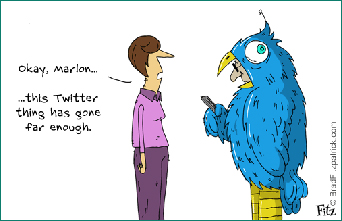ABB takes pride in their technology and innovations which allow companies to reduce their energy usage and increase product efficiency without compromising productivity. The environment and renewable energy is top priority at ABB. Therefore they sponsored a survey of energy professionals that have been asked to comment about the various issues concerning energy usage, the environment, and the government’s role in enforcing environmental rules on utility companies. The survey was conducted by Bloomberg Businessweek and concluded that most energy professionals agree that a change is needed to encourage companies to use their energy more efficiently. ABB believes that a better, cleaner future relies on smart technology that uses renewable energy.
ABB is a company specializing in creating innovative technologies that use the world’s energy in a more efficient way, while decreasing environmental damage. ABB sponsored an energy survey, conducted by Bloomberg Businessweek, to increase awareness about energy usage by various companies and renewable energy. The results can be seen in the video. Most energy professionals agree that utility companies should use more renewable energy sources, and that energy should be distributed more efficiently. Furthermore, companies should reduce their energy usage, and move towards the direction of renewable energy.
ABB is striving for a better, cleaner future by developing innovative technologies that increase energy usage efficiency. ABB have sponsored a survey, which was conducted by Bloomberg Businessweek. The survey illustrates the expressed concern that the majority of energy experts have about renewable energy. Energy officials believe that immediate changes must take place. The video shows the survey results which could lead to effective solutions for energy usage efficiency. ABB believes that by creating a smarter energy system we can protect the environment and aim for a brighter future.




